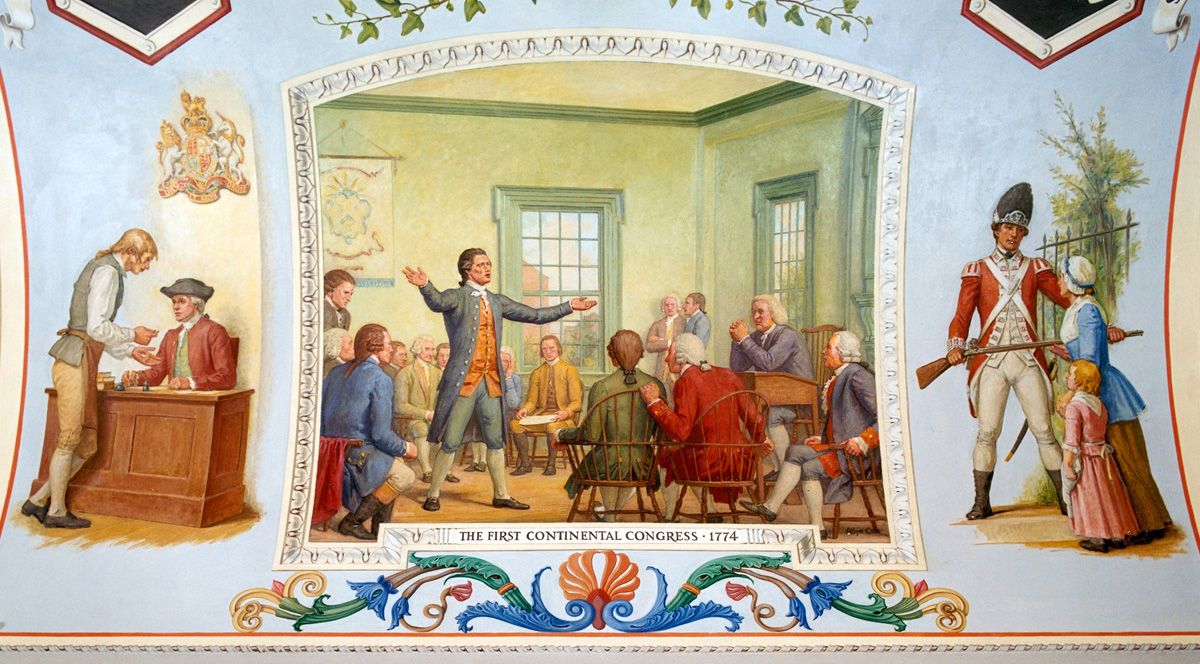
Written By James Richmond
[From the 2025 Summer Magazine]
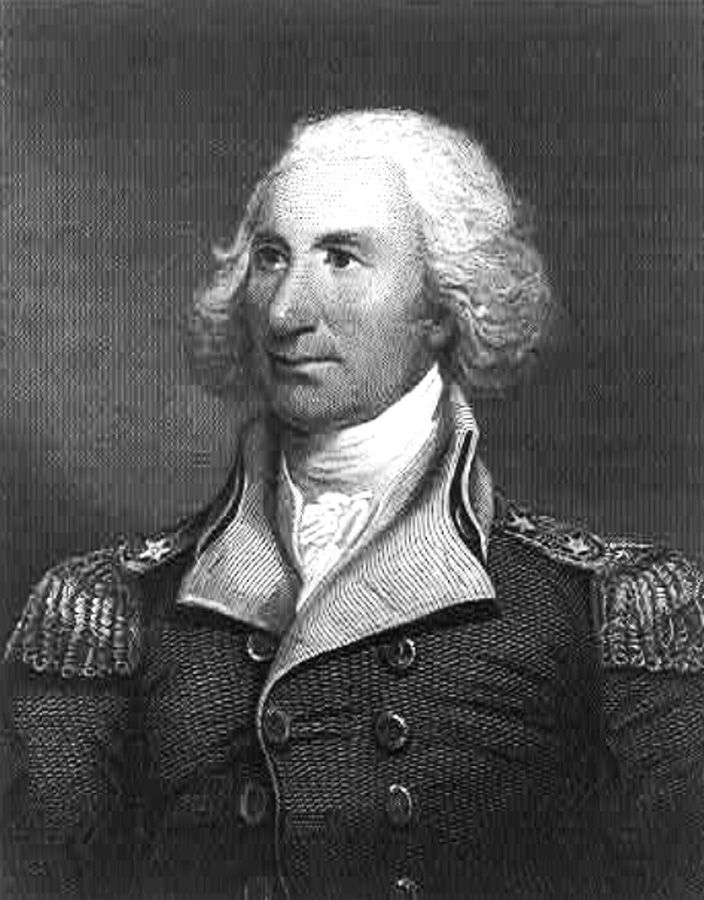
Phillip Schuyler
John Trumbull 1795 Library of Congress
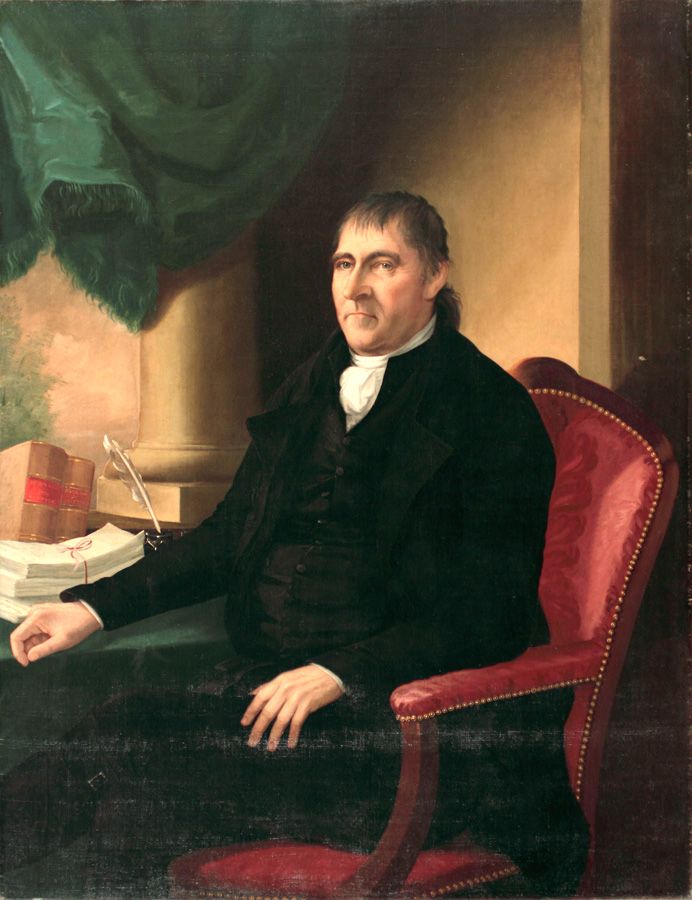
John Tayler
Ezra Ames 1836
2025 offers us an opportunity to go back and revisit the First Year of Revolution, by focusing on Lexington and Concord, The Battle of Bunker Hill, and the formation of Continental Army under the command of George Washington.
But what about Saratoga County? How did the local area respond to the growing threat of conflict with the British Empire, accepted by most as our mother country? To understand that, it is necessary to focus on Albany County in 1775, which extended from Kingston to Lake George. At that time, settlement in what later became Saratoga County, was principally farmland along the Hudson and Mohawk Rivers, much of it owned by well-to-do Dutch families and farmed by tenant workers and enslaved Blacks. Northern and Western parts of the county were just beginning to be settled by pioneers from New England working to develop small parcels purchased with the recent partitioning of the Kayderosseras Patent.
The British threat to impose economic and political control over the colonies was exacerbated by the imposition of the so-called Intolerable Acts in 1774, principally directed at Massachusetts. Fear of further imposition of these actions spread throughout the colonies and resulted in the convening of the First Continental Congress in Philadelphia in September. It was the implementation of trade restrictions and the formation of the Continental Association by that body that provided the structure necessary to eventually take the final steps toward Independence. Delegates went home to their communities to build that structure.
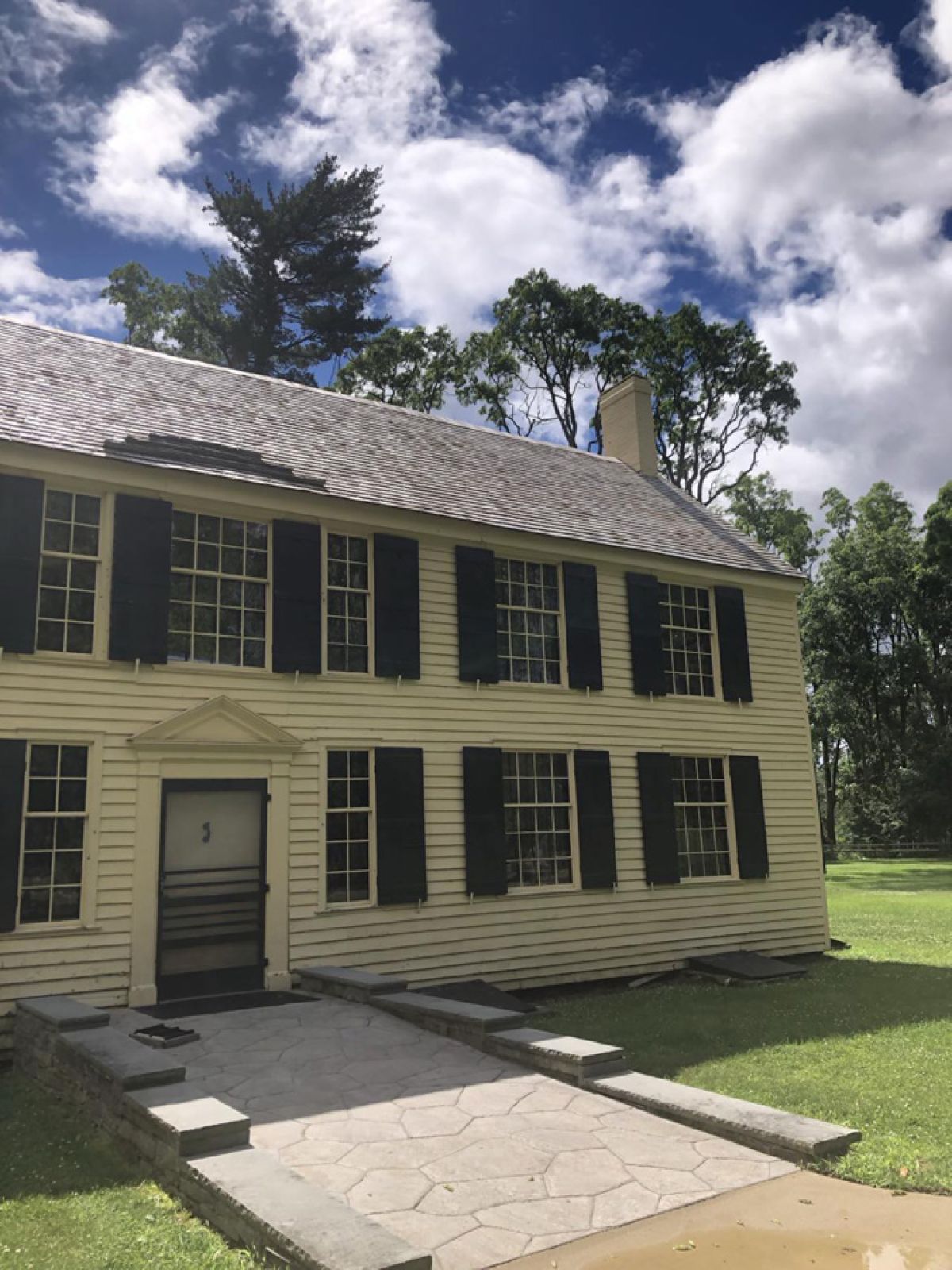
In January 1775 local patriots formed a Committee of Correspondence, originally made up of influential Dutch merchants and landowners based in the City of Albany. The primary objective of this extra-legal body was to secure the support of local residents and to make preparations to resist further aggression by British authorities. The onset of war at Lexington and Concord in April lead to the creation of committees in all 17 Districts of the County. The first committees to be formed in the future Saratoga County represented the districts of Saratoga and Halfmoon along the rivers.
So, who were the “first responders” in these districts? Some need no introduction. Leading the local contingent at a May 10th meeting at Albany’s City Hall was Phillip Schuyler, from one of the wealthiest Dutch families. He owned a large plantation and manor house along the upper Hudson and was soon to be commissioned a Major General. A master of logistics, he planned and initiated the invasion of Canada later that year and lead the Northern Department of the Continental Army until his replacement by Horatio Gates during Burgoyne’s invasion in 1777.
On the same day the District Committees were formed, Ethan Allen and Benedict Arnold captured Fort Ticonderoga, bringing the revolution to New York. Saratoga committeemen immediately assumed important roles in support of the Patriot cause. Dirck Swart from Stillwater, later to become Saratoga’s first County Clerk, was assigned to evaluate the Fort’s condition and prepare to move the cannons south to Lake George. Moving the cannon would not happen until the end of the year under the direction of Henry Knox, as related in Saratoga County Historian Lauren Roberts’ accompanying article in this issue.
Soon the attention of the Albany and District Committees turned to supporting plans to follow up the capture of Ticonderoga and Crown Point with an invasion of Canada, to persuade that colony to join the patriot cause. Harmannus Schuyler of Stillwater, cousin of Phillip Schuyler, was placed in charge of the shipyard at Skenesborough (Whitehall) that constructed ships for the invasion of Canada later in the year.
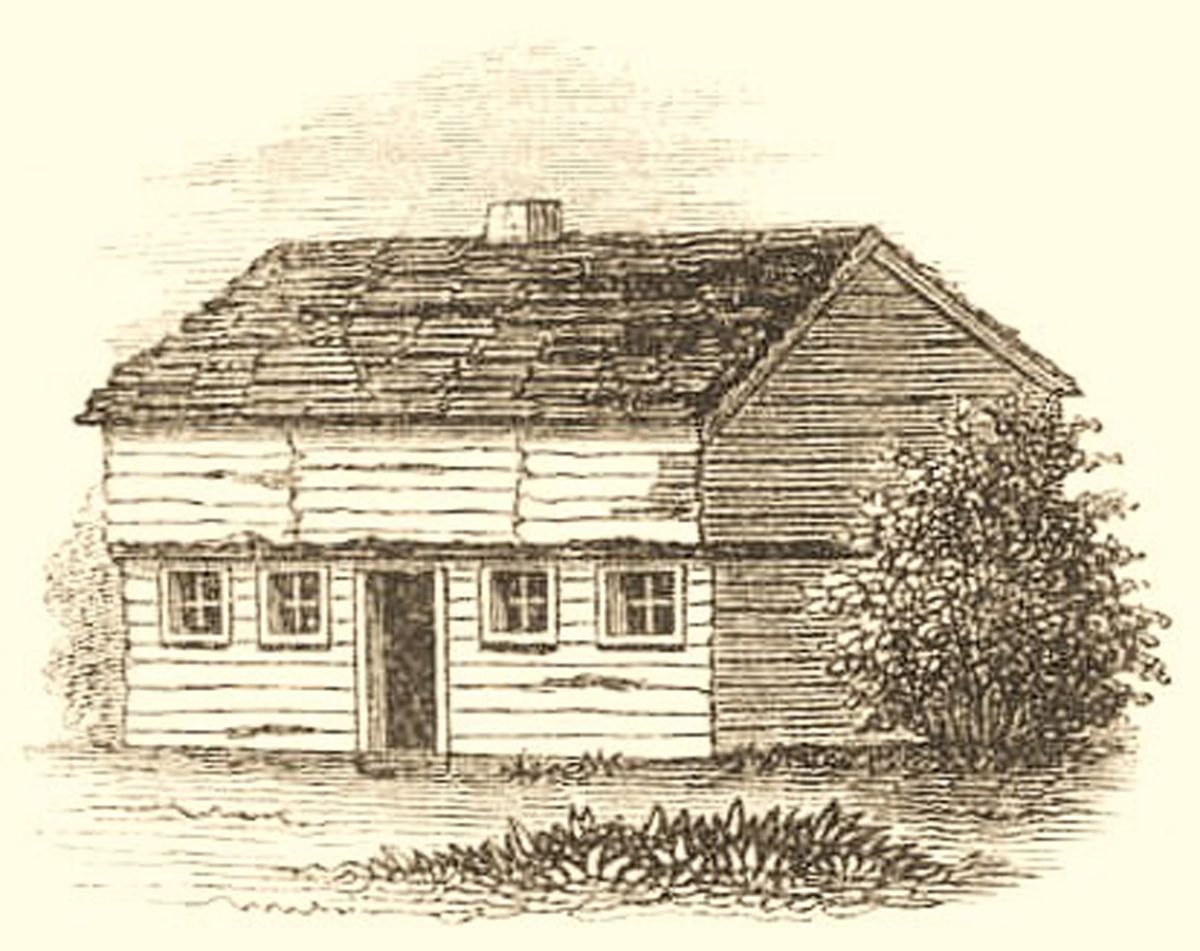
Other Saratoga District committeemen were little known at the time but played an important part in the war and in the first years of the Republic. John McCrea a lawyer living in Northumberland, is perhaps best known as the brother of Jane McCrea, who was murdered during the 1777 Saratoga Campaign. He was to serve as Colonel of the 13th Albany County Militia, which participated in the Battles of Saratoga, manned local forts, and responded to numerous Loyalist raids throughout the war.
Another early Saratoga patriot exemplifies the promising future that beckoned for those who supported independence. John Tayler was a 33-year-old farmer and merchant with a farm in Coveville along the Hudson River between Stillwater and Saratoga (Schuylerville). In 1775 when he became a member of the local committee, he supported the war effort by supplying meat and supplies to the soldiers. In 1777 his farmhouse was the final destination of General Simon Fraiser, the British officer mortally wounded in the second battle of Saratoga. Tayler joined many other Saratoga residents who took refuge in Albany for the balance of the war, where he entered the political arena. He served in the New York Assembly and Senate for 25 years. Elected Lt. Governor in 1813, he rose to serve as acting governor in 1817.
The promising future of the United States began with citizens like these, standing up for the ideals of liberty and justice for all.
